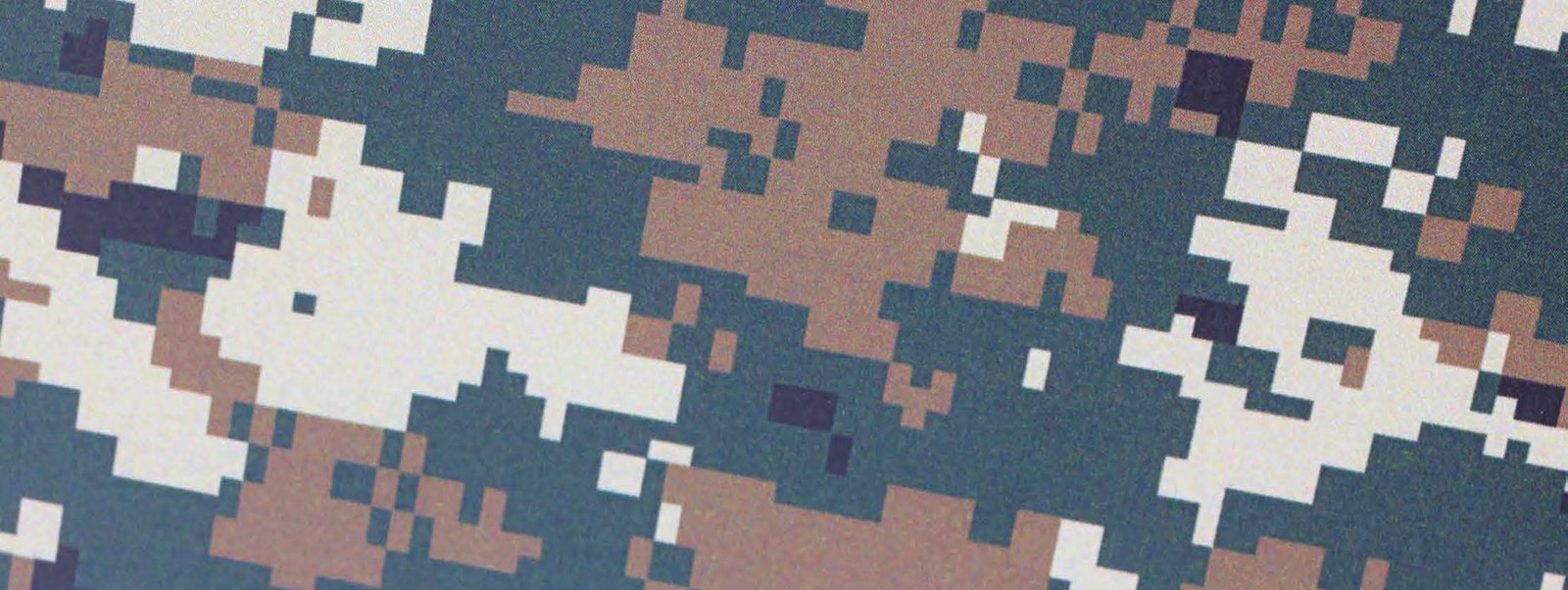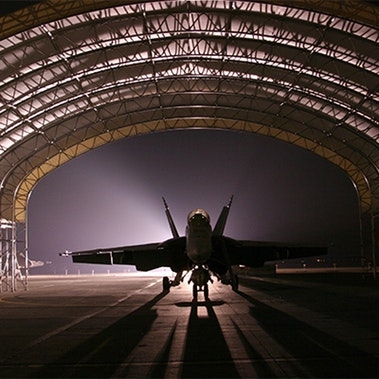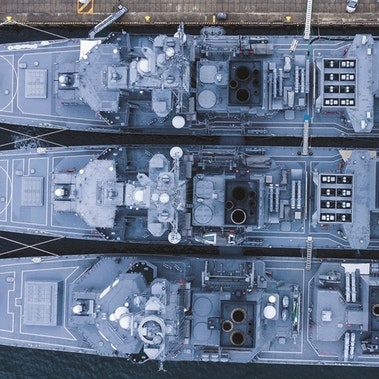To make certain that Western defense establishments are prepared for the next conflict, it’s important to recognize that the battlefield of today and tomorrow is not the one of yesteryear – and that yesterday’s means of warfare are always the first casualty of today’s technology breakthroughs and innovations.
Three major trends are shaping warfare: an asymmetric battlefield, ever-escalating costs of modern weaponry, and maintaining deterrence in an environment of a growing arms race. Nations are struggling to address these trends:
- Given the dispersed and asymmetric nature of the battlefield, there is a greater need for adaptable, stealth, and resilient combat capabilities.
- Costs of personnel and development of traditional manned combat platforms are rising rapidly; the cost of the US intervention in Iraq reached $4.6 trillion, which is higher than the $3.6 trillion spent overall to fight World War II (after adjusting for inflation).
- Global deterrence strategy remains at the top of nations’ agendas, given the arms race taking place at NATO’s borders.
Currently, disruptive technologies attempting to tackle these trends are clustered in two areas:
- Technologies that enhance warfare effectiveness, offering a greater reach of targets at a lower cost and rate of fatalities.
- Technologies supporting national/supranational-scale defense efforts to remain in the arm race and maintain deterrence.
We’ll look at the technologies that make up the two clusters and show how warfare is facing continuing disruption.
COLLABORATIVE COMBAT WITH TECHNOLOGY
The increasing dispersed and asymmetric nature of the enemy in tandem with growing cost pressures has triggered the need for more effective weaponry. As a result, a key priority of the defense establishment in the West is to do more with less – operating with smaller budgets and lowering the number of fatalities. We have identified six key technologies capable of delivering on this promise.
UNIFIED BATTLEFIELD: COLLABORATIVE COMBAT
The modern-day unified battlefield is characterized by collaborative combat in which there is uninterrupted land-air-sea real-time sharing of battlefield information by multiple participants (manned and unmanned vehicles, ground forces, naval assets, remote operations).
This unified battlefield is supported by the development of four key innovations: the growing “softwarization” of combat – the F-35 fighter jet, for example, has more than 8 million lines of code, four times the number that was in the F-22 Raptor; the extension of secured communications via high-frequency satellites, laser and free space optical communications, and a new generation of small, low-cost receiving terminals; the huge amounts of data due to the development of highspeed computers, improved performance of sensors, tactical decision aids and weapons; and effective deployment of tactical cloud computing, integrating vast amounts of data in real-time and distributing it to multiple users rapidly.
Unified, collaborative combat significantly increases force effectiveness by rapidly exploiting all-source intelligence, delivering timely information to commanders in the field, distributing tactical photos, synchronizing day/night operations under all weather conditions, and preventing casualties through friendly fire.
For example, the new tanks’ interconnection systems, developed by leading suppliers of defense electronic systems, enable tanks to operate alongside wheeled armored vehicles equipped with common vetronics, in order to collect and transform battlefield sensor data into high-value protection and combat services. These collaborative capabilities support C4I applications (Command, Control, Computers, Communications, and Intelligence), providing commanders with information superiority and significantly raising the tempo of operations.
ARTIFICIAL INTELLIGENCE INCREASES TARGET REACH AND REQUIRES LESS
MANPOWER Artificial intelligence will be deployed all across the battlefield to accelerate decision-making. Other applications for AI include cyber security, target recognition, battlefield healthcare, or combat simulation and training. The size of the market for AI in the military is expected to reach $19 billion by 2025, increasing at a compound annual growth rate of nearly 15 percent from 2017 to 2025. In September 2018, the US Defense Advanced Research Public Agency (DARPA) announced a multi-year investment of more than $2 billion in the “AI Next” campaign, consisting of new and existing AI programs.
Artificial intelligence enables greater target reach, as intelligent systems possess augmented precision capabilities and a shorter reaction time. Plus, by moving away from the battlefield, personnel are able to stay out of harm’s way, while orchestrating a larger number of unmanned systems at a lower cost.
For instance, the Air Combat Evolution (ACE) program created by DARPA in 2019 uses humanmachine collaborative dogfighting to prove the efficiency of autonomous combat technology. This technology will achieve greater efficiency as it elevates the role of pilots to cockpit-based mission commanders, keeping them safer and enabling them to pilot more unmanned aircraft as "loyal wingmen" that can penetrate contested air space.
However, even as intelligent machines perform more and more missions on their own, human insight will always be necessary to understand and evaluate the broader context and step outside the frame before making any lethal call.
To read the full article click the PDF below.




